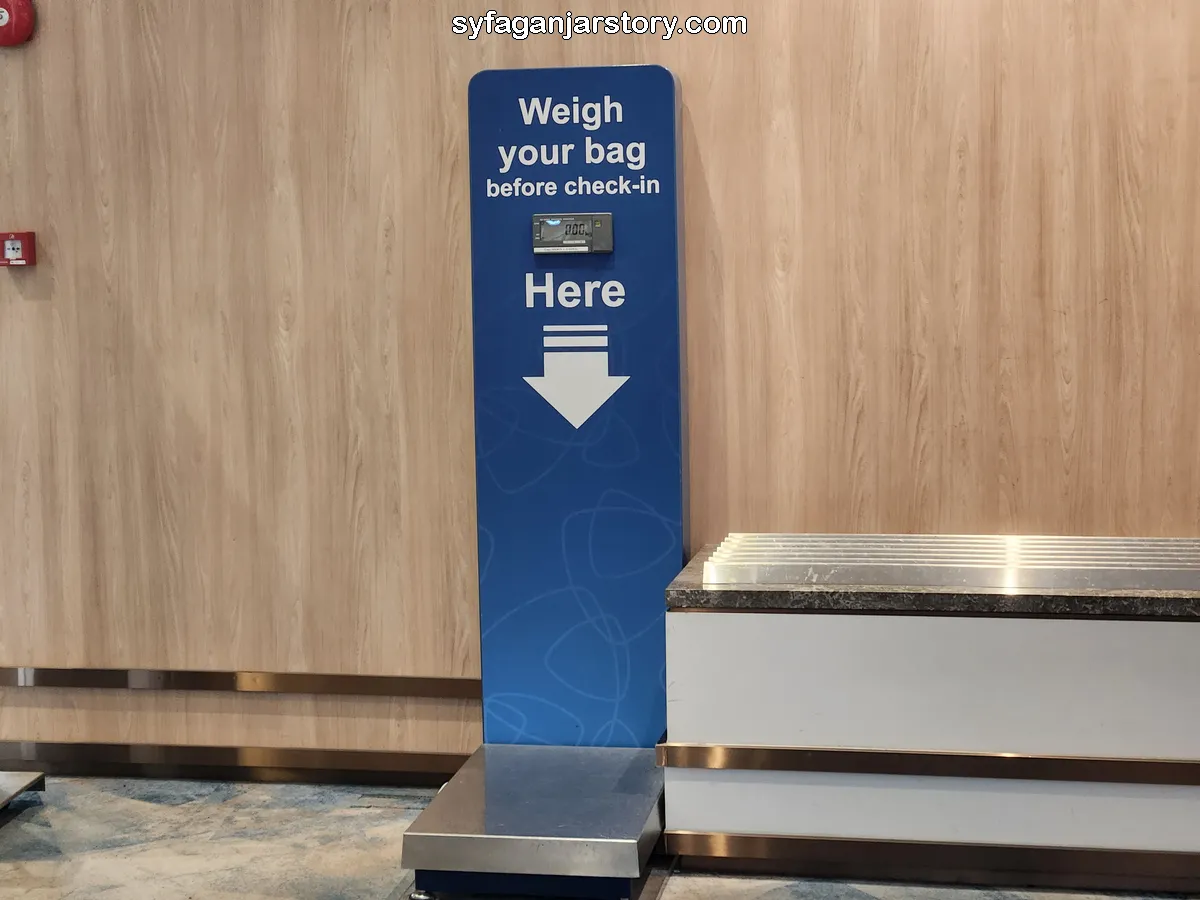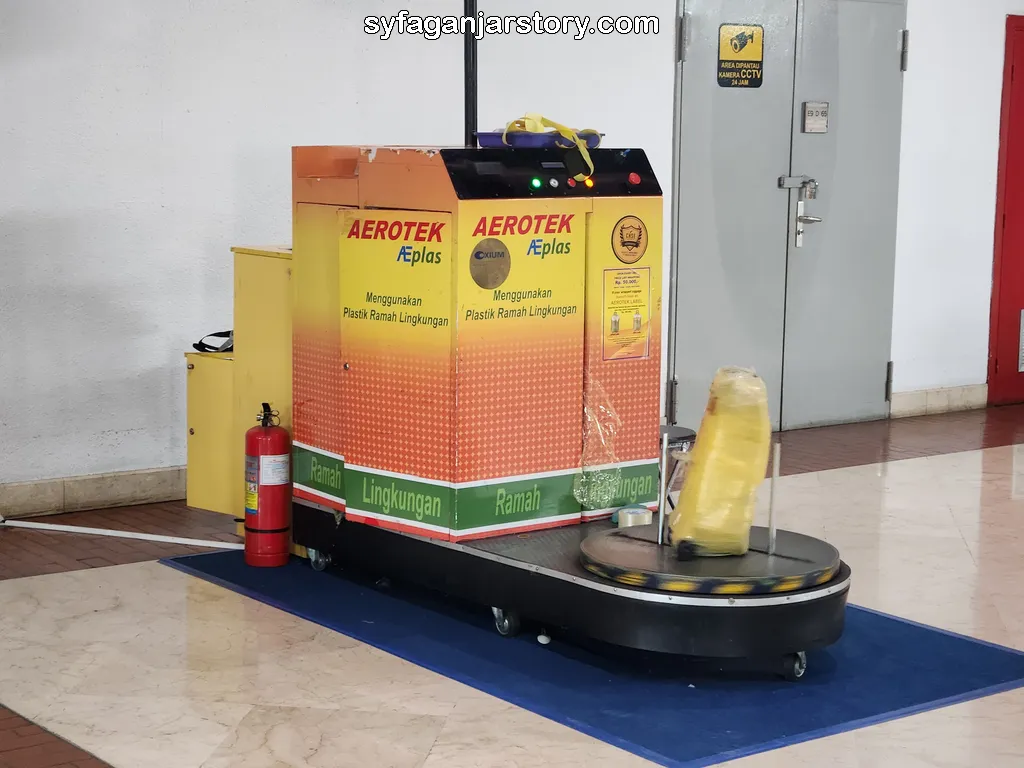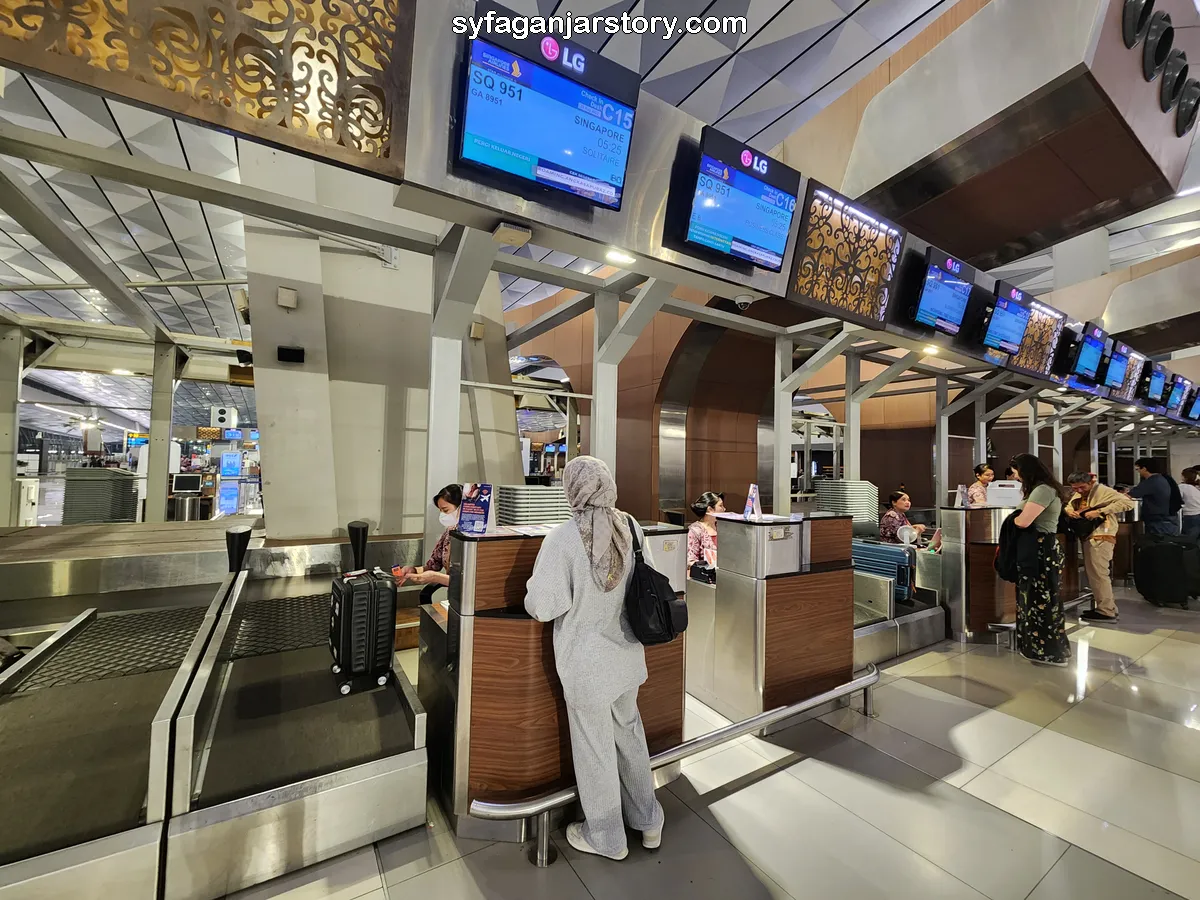Arriving at the airport to board a plane for the first time can be confusing. This is particularly true in large airports where lots of people are constantly moving about.
To help you avoid getting confused or lost, this article will outline five important actions to take when you first arrive at the airport. What are they?

Airports are generally divided into two main areas: the departure area and the arrival area. If you are flying out, you need to head to the departure area. Conversely, if you are there to pick someone up, you should go to the arrival area.
Although you can enter through any part of the airport, it is more efficient to go directly to the correct area, especially if you are short on time. Entering the wrong area can significantly delay you.
In the case of larger airports, there are often multiple terminals. For example, Singapore's Changi Airport includes four terminals: Terminal 1, Terminal 2, Terminal 3, and Terminal 4, each located in separate buildings.
It's important to know which terminal your flight departs from. Going to the wrong terminal can be a major inconvenience, as it may require you to travel between terminals, which can be quite a distance.

Once you reach the departure area and the correct terminal, take a moment to look at the information screens located throughout the airport. These screens display the status of your flight and the location of the check-in counter.
Look for your flight code and destination city on the screen. If the status shows ‘on schedule’ and there is a number or code listed under ‘check-in desk,’ it means your flight is on time and the check-in counter is open.
If the check-in counter details are not yet displayed, feel free to explore the airport while you wait for it to open. However, if it is open, it’s best to proceed directly to the check-in area.

When you arrive at the check-in area, you can go straight to the counter to check in your luggage. However, if you have extra time, it's a good idea to weigh your bags first.
You may have known that each airline imposes a weight limit for both carry-on and checked baggage. If your luggage exceeds these limits, you'll be charged for the excess weight.
To prevent this, weigh all your luggage beforehand. There are usually scales in the check-in area that you can use either for free or for a small fee.
If your luggage is over the limit, you have time to rearrange it. You might transfer items between bags or decide to leave behind less important items.

This next step is optional, but it is recommended if you want to increase the safety of your suitcases and luggage. You can have your luggage wrapped in plastic at baggage wrapping services available at the airport.
It's particularly advisable to wrap items like cardboard boxes, which can easily get dented, torn, or damaged during travel. Wrapping suitcases in plastic also protects them from scratches and bumps.
You'll find these baggage wrapping services in the check-in area, and the cost is usually quite reasonable. It only takes a few minutes for your suitcase and luggage to be securely wrapped.

Once your luggage is prepared, proceed to the check-in counter. Head to the counter with the number or code displayed on the information screen, as mentioned in the second step.
Make sure to bring all your luggage to the counter so the check-in officer can process it accurately. For detailed instructions on how to check in, you can refer to the article linked below:
After you've checked in, you can move on to the security check area or, if there’s time, engage in other activities. For a detailed guide on what to do next, please see the article linked below:
These are the 5 steps to follow when you first arrive at the airport. Hopefully, this article will help you navigate the airport with ease and avoid any confusion on your journey!

